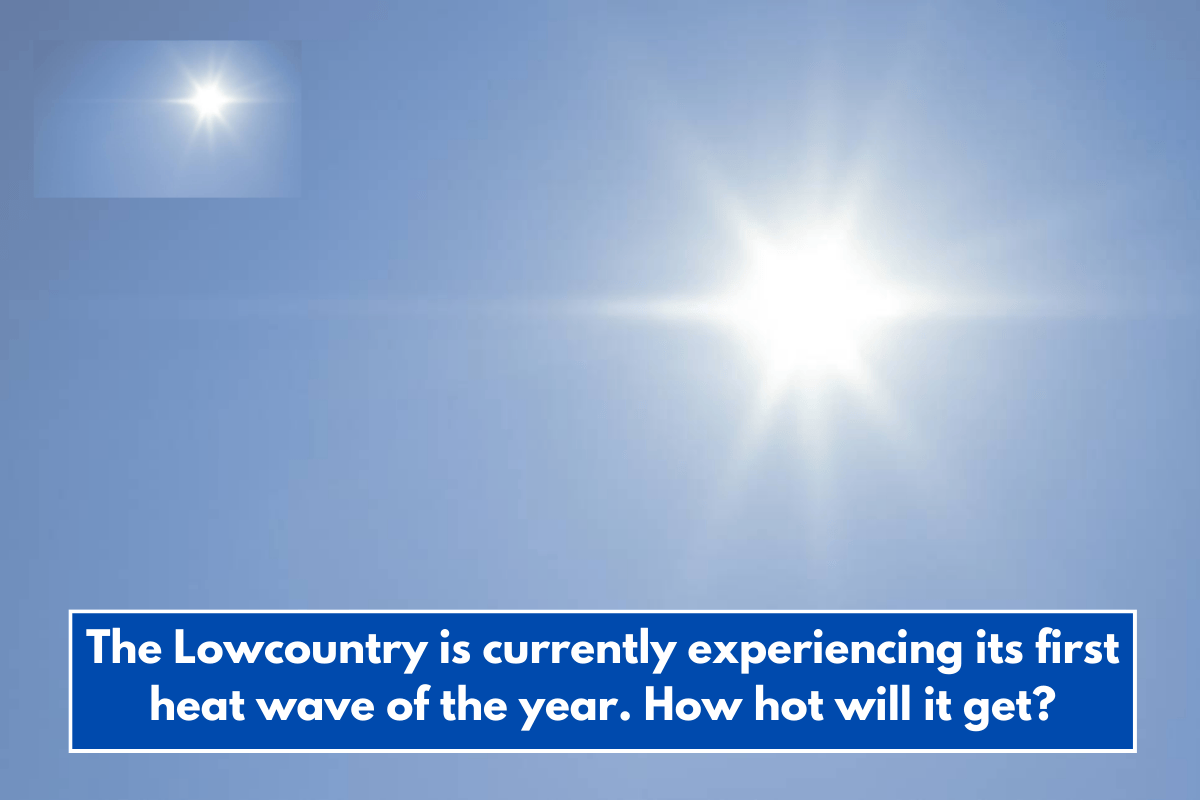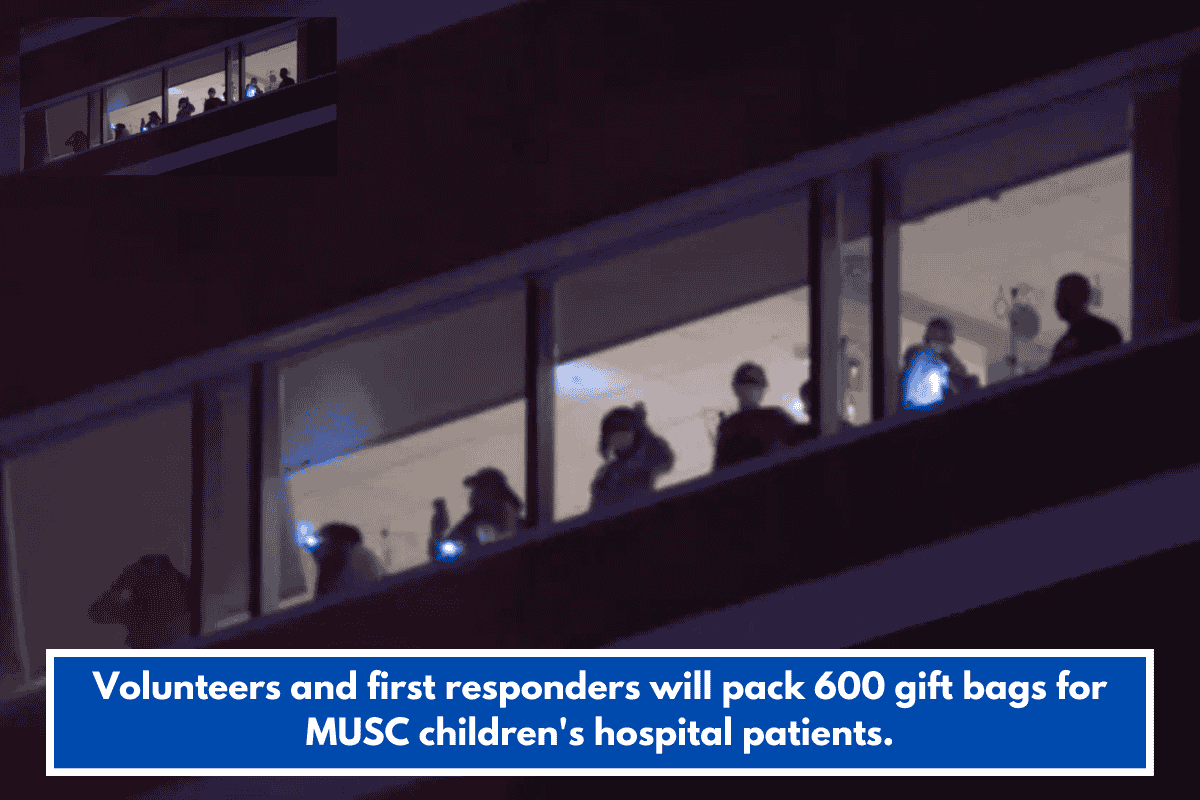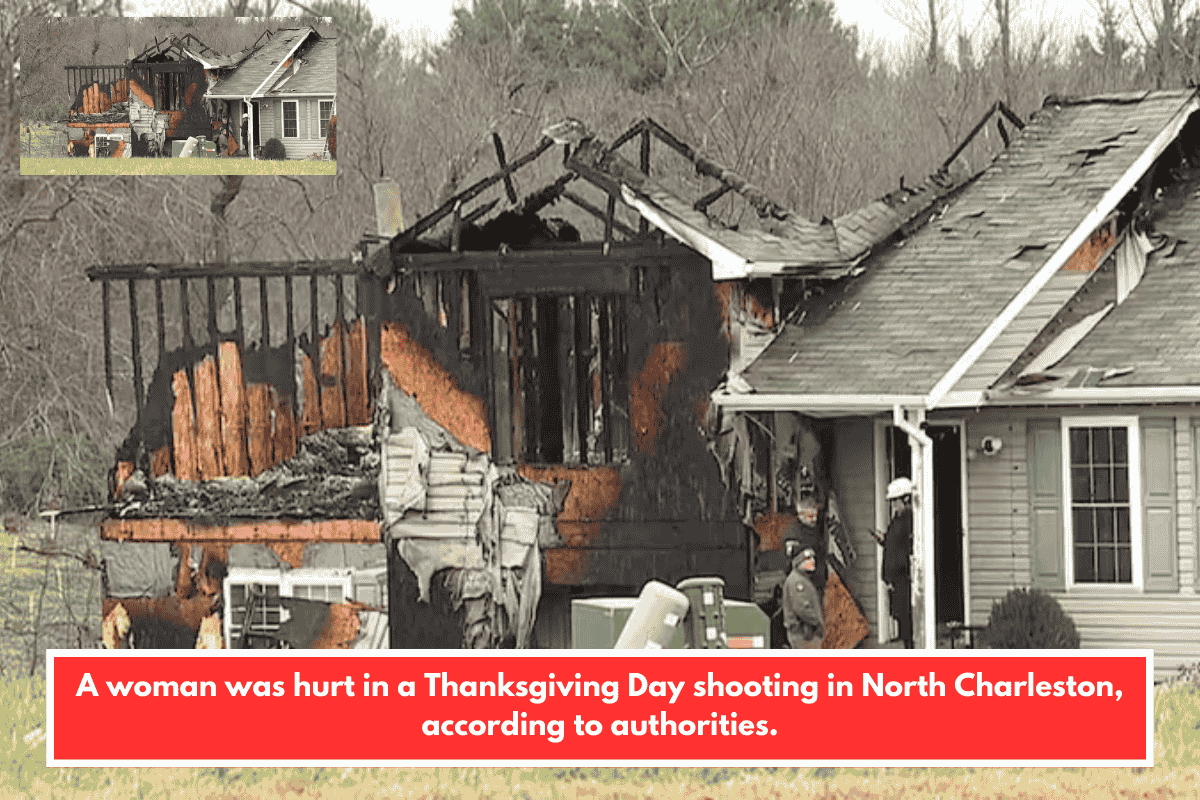CHARLESTON, S.C. – South Carolina is feeling the heat as the first major heat wave of the year hits the Lowcountry. With heat index values expected to reach 98 to 102°F, locals and visitors are being urged to stay cool, stay hydrated, and take precautions to avoid heat-related illnesses.
First Heat Wave of the Year Confirmed
The National Weather Service (NWS) has officially issued an alert, calling it the first real multi-day heat episode of the year. While people in the South are used to hot, humid weather, it’s still important to take extreme heat seriously.
When Do Heat Waves Usually Happen?
According to the South Carolina Department of Natural Resources (SCDNR), heat waves usually occur during summer, but they can also happen in late spring or early fall.
Who Is Most at Risk?
The Centers for Disease Control and Prevention (CDC) says that certain groups are more vulnerable during heat waves:
- Elderly people
- Children under 5
- People with chronic illnesses
- Those who are homebound
Also, factors like high humidity, age, sunburn, medical conditions, and some medications can reduce the body’s ability to cool itself down.
SCDNR states that extreme heat has been the leading cause of weather-related deaths in the U.S. since 1991, with about 1,220 deaths each year.
Know the Symptoms of Heat Illness
The South Carolina Department of Public Health (SCDPH) highlights three main stages of heat illness:
1. Heat Cramps
- Painful muscle spasms
2. Heat Exhaustion
- Headache, dizziness, weakness
- Heavy sweating and nausea
- Loss of fluids and salt
3. Heat Stroke (Medical Emergency)
- Hot, red, dry skin
- Confusion or fainting
- Inability to sweat
If someone shows signs of heat stroke, call 911 immediately.
Beach Safety Tips
The National Institutes of Health (NIH) says beach sand can become dangerously hot:
- At 75°F air temp, sand can reach over 100°F
- At 90°F air temp, sand can go over 120°F
This can cause burns on bare feet. To stay safe:
- Wear sandals or shoes on the beach
- Apply sunscreen to the tops of feet and ears
- Keep pets off hot sand – it can burn their paws
Heat Safety for Children
Children are at high risk during heat waves. The CDC recommends:
- Dress kids in lightweight, light-colored clothes
- Keep them hydrated with water, not sugary or very cold drinks
- Avoid outdoor play during peak heat (10 AM to 4 PM)
- Never leave children in a parked car, even with windows down
According to the SCDPH, over 50% of child heatstroke deaths happen when a child is forgotten in a vehicle.
How to Keep Pets Safe
The SPCA and vets share these pet safety tips:
- Always provide clean drinking water
- Ensure pets have shade and rest
- Limit exercise, especially during midday
- Never leave pets in a car, even briefly
- Pets with flat faces, like pugs or Persian cats, are more prone to heatstroke
- Avoid walking dogs on hot roads or sand
- Trim long fur but don’t shave your dog – fur protects against sunburn
- Only use pet-safe sunscreen or bug spray
- Keep pets away from pools or beaches unless supervised
General Tips to Beat the Heat
Based on 2022 data, South Carolina recorded 209 hospitalizations and over 1,800 emergency visits for heat-related illnesses.
The SCDPH shares the following advice:
- Avoid outdoor activities from 10 AM to 4 PM
- Wear loose, light-colored clothing
- Take breaks in shade or air-conditioning
- Drink 2–4 glasses (16 oz each) of cool water per hour
- Eat light, balanced meals
- Apply sunscreen regularly














